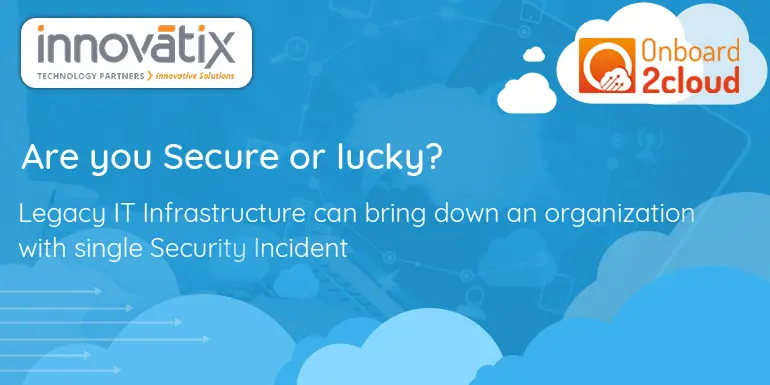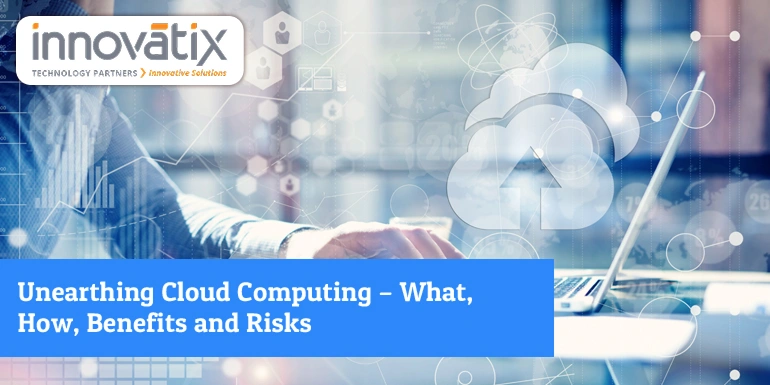Joe Rafanelli
Home » Archives for Joe Rafanelli

Joe Rafanelli
Joe Rafanelli is an Account Manager of Innovatix Technology Partners. Prior to joining Innovatix Technology Partners, Joe was a Client Services Manager & Project Manager for a Major Investment Bank where he was responsible for Client Satisfaction, Change Management, Quality Control and Operational Efficiency. He has BS and MBA in Finance and several other industry certifications.





